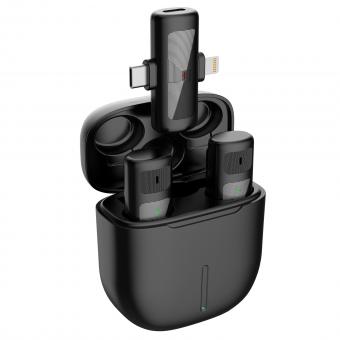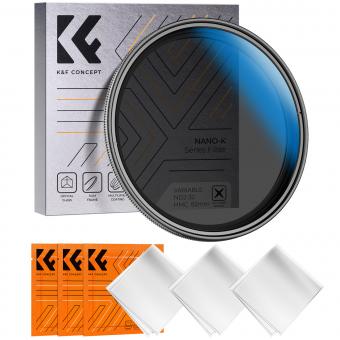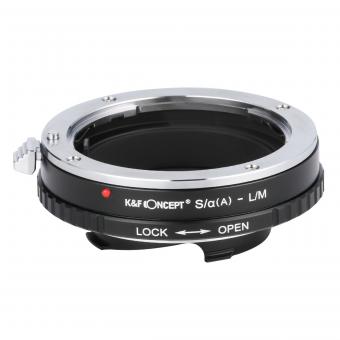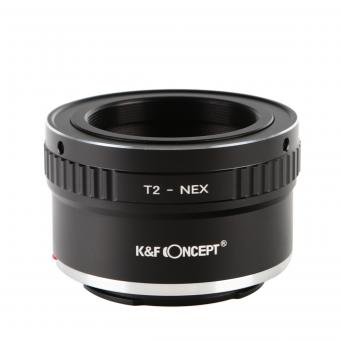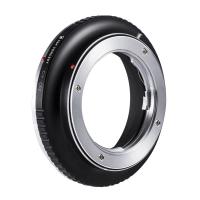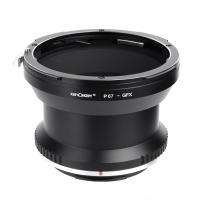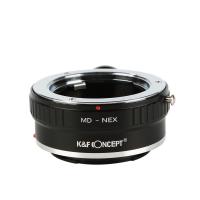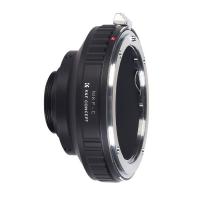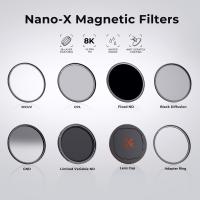What Is Endoscopic Third Ventriculostomy ?
Endoscopic third ventriculostomy (ETV) is a surgical procedure used to treat certain types of hydrocephalus. It involves creating a small hole in the floor of the third ventricle of the brain, allowing cerebrospinal fluid (CSF) to flow out of the ventricles and be absorbed by the surrounding tissues. This procedure is performed using an endoscope, a thin tube with a camera and light source, which is inserted through a small incision in the skull. ETV is an alternative to traditional shunt surgery, which involves placing a tube to drain excess CSF from the brain to another part of the body. ETV can be effective in cases where there is a blockage or obstruction preventing the normal flow of CSF. However, it may not be suitable for all patients and is typically performed by neurosurgeons with expertise in endoscopic techniques.
1、 Definition and Purpose of Endoscopic Third Ventriculostomy
Endoscopic third ventriculostomy (ETV) is a surgical procedure used to treat hydrocephalus, a condition characterized by the accumulation of cerebrospinal fluid (CSF) in the brain's ventricles. It involves creating a small hole in the floor of the third ventricle, allowing CSF to flow out of the obstructed ventricular system and into the surrounding subarachnoid space, where it can be absorbed.
The purpose of ETV is to provide an alternative to traditional shunt placement, which involves implanting a tube to divert CSF from the ventricles to another part of the body. Shunts are effective but can be associated with complications such as infection, blockage, and malfunction. ETV offers a less invasive option, potentially reducing the need for shunt-related surgeries and their associated risks.
During the ETV procedure, a neuroendoscope is inserted through a small incision in the skull and guided to the third ventricle. The surgeon then creates a hole in the floor of the ventricle using specialized instruments, allowing CSF to bypass the obstruction and flow freely. The success of ETV depends on various factors, including the underlying cause of hydrocephalus, the patient's age, and the surgeon's expertise.
Recent advancements in endoscopic technology have improved the safety and efficacy of ETV. For instance, the use of real-time imaging techniques, such as intraoperative MRI or neuronavigation, allows for more precise placement of the endoscope and reduces the risk of complications. Additionally, the development of flexible endoscopes has made it possible to perform ETV in infants and young children, who were previously considered poor candidates for the procedure.
In conclusion, endoscopic third ventriculostomy is a surgical technique used to treat hydrocephalus by creating a new pathway for CSF drainage. It offers a less invasive alternative to shunt placement and has seen advancements in recent years, improving its safety and expanding its applicability to a wider range of patients.
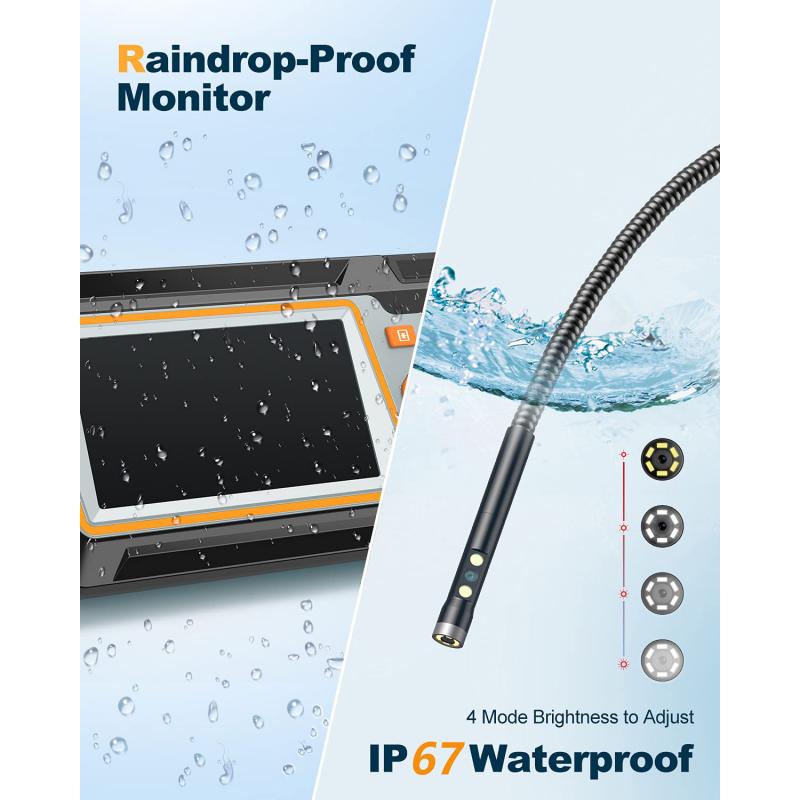
2、 Indications for Endoscopic Third Ventriculostomy
Endoscopic third ventriculostomy (ETV) is a surgical procedure used to treat hydrocephalus, a condition characterized by the accumulation of cerebrospinal fluid (CSF) in the brain. It involves creating a small hole in the floor of the third ventricle, a fluid-filled cavity in the brain, to allow CSF to flow out and relieve pressure.
During the procedure, a neuroendoscope is inserted through a small incision in the skull and guided to the third ventricle. The surgeon then uses specialized instruments to create a hole in the floor of the ventricle, allowing CSF to bypass any blockages and flow into the surrounding spaces of the brain, where it can be absorbed.
ETV is typically considered as an alternative to shunt surgery, which involves placing a tube to drain excess CSF from the brain to another part of the body. ETV offers several advantages over shunt surgery, including a lower risk of infection, no need for long-term device maintenance, and the potential for better long-term outcomes.
Indications for ETV include obstructive hydrocephalus caused by aqueductal stenosis, a narrowing of the aqueduct of Sylvius, which connects the third and fourth ventricles. It can also be used in cases of non-communicating hydrocephalus caused by other obstructions in the ventricular system. Additionally, ETV may be considered in certain cases of normal pressure hydrocephalus, a condition characterized by enlarged ventricles and cognitive impairment.
The latest point of view regarding ETV is that it should be considered as a first-line treatment option for selected patients with hydrocephalus. Recent studies have shown that ETV can be as effective as shunt surgery in certain cases, with comparable success rates and lower complication rates. However, patient selection is crucial, and careful evaluation of the underlying cause of hydrocephalus is necessary to determine the suitability of ETV.
In conclusion, endoscopic third ventriculostomy is a minimally invasive surgical procedure used to treat hydrocephalus by creating a hole in the floor of the third ventricle. It is indicated for obstructive hydrocephalus caused by aqueductal stenosis and other obstructions in the ventricular system. ETV is increasingly being recognized as a viable alternative to shunt surgery, with the latest evidence supporting its use as a first-line treatment option in selected patients.
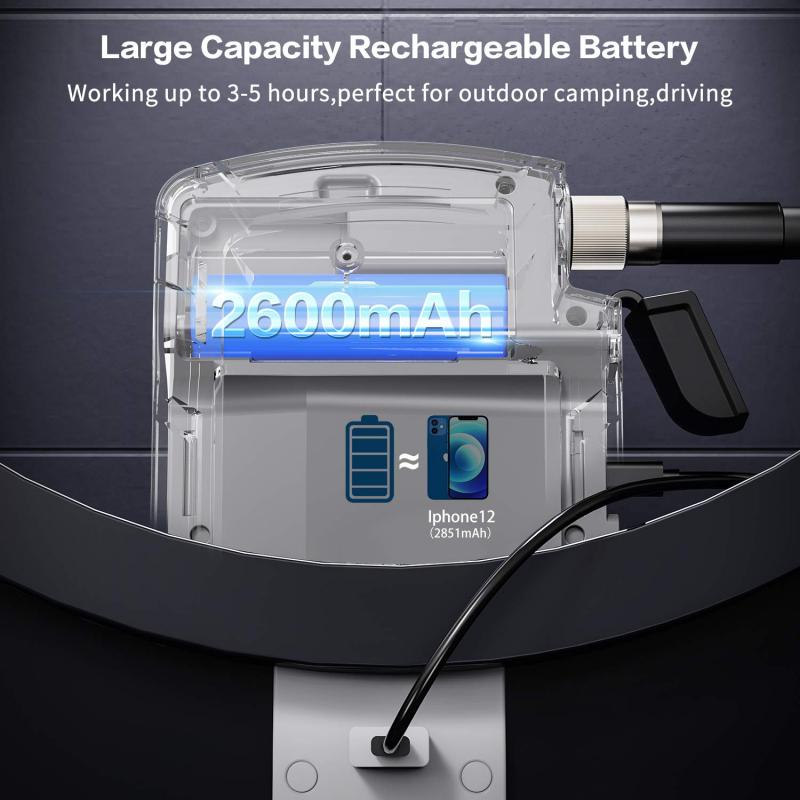
3、 Procedure and Techniques of Endoscopic Third Ventriculostomy
Endoscopic third ventriculostomy (ETV) is a surgical procedure used to treat hydrocephalus, a condition characterized by the accumulation of cerebrospinal fluid (CSF) in the brain's ventricles. It involves creating a new pathway for the CSF to flow, bypassing any obstructions that may be present.
During the procedure, a neurosurgeon inserts an endoscope, a thin flexible tube with a camera and light source, through a small incision in the skull. The endoscope is guided through the brain tissue to reach the third ventricle, a fluid-filled cavity in the brain. Once in position, the surgeon creates a small hole in the floor of the third ventricle using specialized instruments. This hole allows the CSF to flow directly into the surrounding brain tissue, where it can be absorbed.
ETV is considered a minimally invasive alternative to traditional shunt surgery, which involves implanting a tube to drain the excess CSF into another part of the body. ETV has several advantages, including a lower risk of infection and a reduced need for long-term follow-up care. It also avoids the potential complications associated with shunt malfunction or blockage.
The success rate of ETV varies depending on the underlying cause of hydrocephalus and the patient's age. It is most effective in cases of obstructive hydrocephalus, where there is a physical blockage preventing the normal flow of CSF. However, it may not be suitable for all patients, particularly those with certain anatomical abnormalities or complex forms of hydrocephalus.
Recent advancements in endoscopic technology have improved the safety and efficacy of ETV. For example, the use of high-definition cameras and image-guided navigation systems allows for better visualization and precise placement of the endoscope. Additionally, the development of new surgical instruments and techniques has made the procedure more efficient and less invasive.
In conclusion, endoscopic third ventriculostomy is a surgical procedure used to treat hydrocephalus by creating a new pathway for the CSF to flow. It is a minimally invasive alternative to shunt surgery and has shown promising results, particularly in cases of obstructive hydrocephalus. Ongoing advancements in endoscopic technology continue to improve the safety and success rate of ETV.
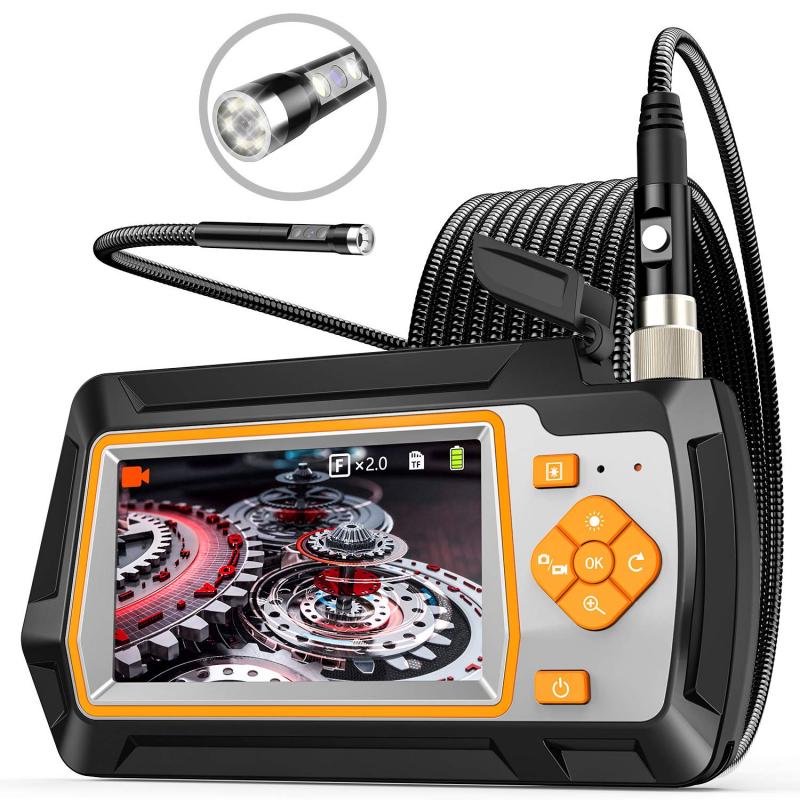
4、 Complications and Risks of Endoscopic Third Ventriculostomy
Endoscopic third ventriculostomy (ETV) is a surgical procedure used to treat hydrocephalus, a condition characterized by the accumulation of cerebrospinal fluid (CSF) in the brain's ventricles. ETV involves creating a small hole in the floor of the third ventricle, allowing CSF to flow out of the ventricles and be absorbed by the surrounding tissues.
The procedure is performed using an endoscope, a thin, flexible tube with a camera and light source attached to it. The endoscope is inserted through a small incision in the skull and guided to the third ventricle. Once in position, the surgeon uses specialized instruments to create the hole.
ETV is considered a less invasive alternative to traditional shunt surgery, which involves implanting a tube to drain excess CSF from the brain to another part of the body. ETV has been shown to be effective in relieving symptoms of hydrocephalus and reducing the need for shunt placement.
However, like any surgical procedure, ETV carries certain risks and complications. These can include infection, bleeding, damage to surrounding structures, and failure of the procedure to adequately relieve hydrocephalus. In some cases, the hole created during ETV may close up over time, requiring additional surgery.
Recent studies have also highlighted the importance of patient selection for ETV. Factors such as age, the cause of hydrocephalus, and the presence of certain anatomical abnormalities can influence the success rate of the procedure. Additionally, the experience and skill of the surgeon performing the ETV can impact outcomes.
In conclusion, endoscopic third ventriculostomy is a surgical procedure used to treat hydrocephalus by creating a hole in the floor of the third ventricle. While it is a less invasive alternative to shunt surgery, it is not without risks and complications. Patient selection and surgeon expertise are crucial factors in achieving successful outcomes.


